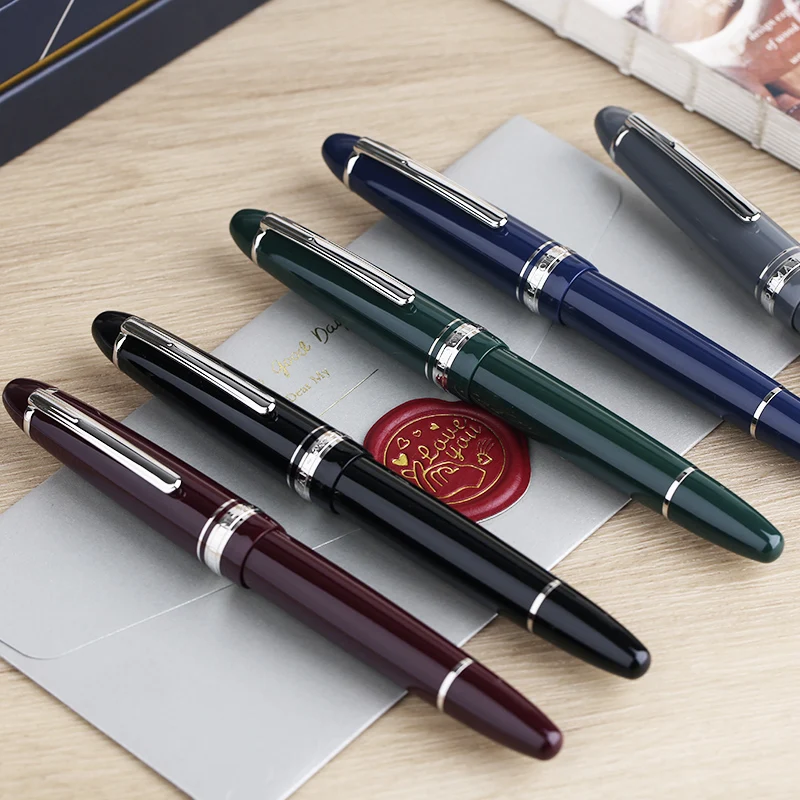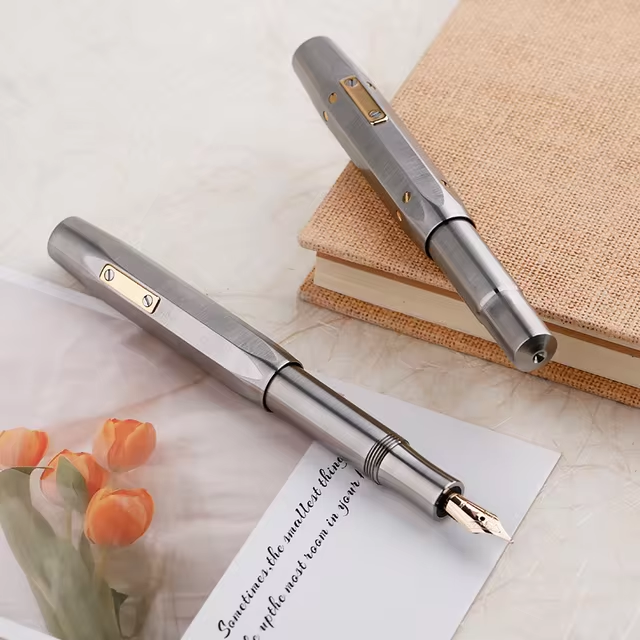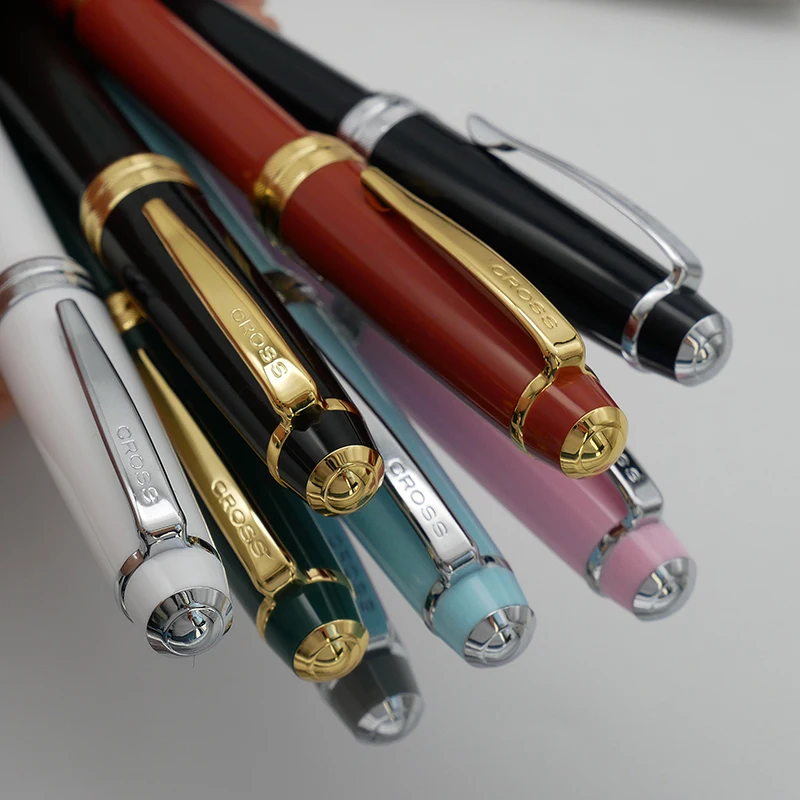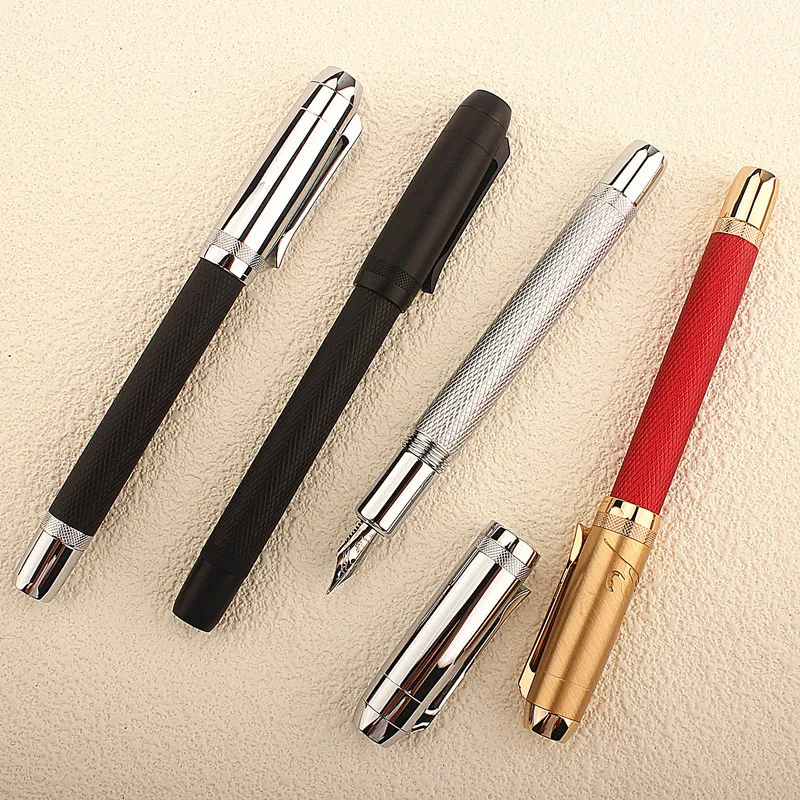Fountain pens are elegant writing instruments cherished by many for their smooth writing experience and timeless aesthetic. However, to maintain their performance and longevity, regular maintenance is essential. One of the most critical aspects of fountain pen care is knowing how to clean a fountain pen properly. This guide will walk you through the step-by-step process, offering tips and best practices to ensure your fountain pen remains in optimal condition.
Understanding the Importance of Cleaning Your Fountain Pen
Before diving into the cleaning process, it’s essential to understand why regular maintenance is necessary. Fountain pens are intricate devices with fine nibs and internal components that can accumulate ink residue, dust, and other particles over time. Neglecting to clean your pen can lead to:
- Clogged nibs: Preventing smooth ink flow and causing skips or uneven lines.
- Ink buildup: Affecting color consistency and potentially damaging the pen’s internal mechanisms.
- Reduced lifespan: Prolonged neglect can lead to irreversible damage, shortening your pen’s usable life.
By learning how to clean a fountain pen, you ensure that your writing instrument continues to perform flawlessly and maintains its aesthetic appeal.
Tools and Materials You’ll Need
Before starting the cleaning process, gather the necessary tools and materials to make the task more manageable and efficient.
Essential Tools
- Clean water: Preferably distilled or filtered to avoid mineral deposits.
- Bulb syringe or converter: For flushing the pen if it’s a cartridge model.
- Paper towels or soft cloth: To dry the pen after cleaning.
- Mild dish soap: Optional, for stubborn ink stains.
Optional Tools
- Cleaning solution: Specific fountain pen cleaning solutions are available but not necessary for regular maintenance.
- Tweezers: To handle delicate parts without causing damage.
- Antistatic cloth: To remove dust without leaving residues.
Step-by-Step Guide to Cleaning Your Fountain Pen
Cleaning a fountain pen involves disassembling its components and thoroughly rinsing them to remove ink deposits. Here’s a detailed, step-by-step guide to help you through the process.
Step 1: Disassemble the Pen
Carefully take apart your fountain pen to prepare it for cleaning. The main components to separate are:
- Nib section: This includes the nib and feed.
- Grip section: The part you hold, which houses the refill or converter.
Procedure:
- Unscrew the barrel from the grip section.
- Detach the nib section from the grip section.
Note: Handle all parts gently to avoid bending or damaging the nib.
Step 2: Flush the Nib and Feed
Flushing the nib and feed removes any residual ink and prevents clogs.
Procedure:
- Fill a bulb syringe with clean, lukewarm water. Lukewarm water helps dissolve ink more effectively without damaging the pen.
- Insert the bulb syringe into the nib section.
- Gently squeeze the bulb to force water through the nib and feed.
- Repeat this process until the water runs clear, indicating that all ink residues have been removed.
Tip: For stubborn ink, you may allow the pen to soak in water for a few hours before flushing.
Step 3: Rinse the Grip Section
If your pen uses a converter or a refill that can be washed, rinse the grip section thoroughly.
Procedure:
- Remove any remaining ink from the converter by flushing it with water.
- Empty and rinse the grip section with clean water to remove any ink traces.
Note: If using cartridges, discard any remaining ink and clean the section as much as possible.
Step 4: Dry the Components
Proper drying is crucial to prevent water spots and ensure the pen functions correctly.
Procedure:
- Shake off excess water from each component.
- Pat the parts dry with a paper towel or soft cloth.
- Lay the parts on a clean towel and allow them to air dry completely. This might take several hours or overnight.
Tip: Ensure the pen is thoroughly dry before reassembling to avoid mold growth or ink dilution.
Step 5: Reassemble the Pen
Once all parts are dry, carefully reassemble your fountain pen.
Procedure:
- Insert the nib and feed back into the grip section.
- Attach the converter or insert a fresh cartridge.
- Screw the barrel back onto the grip section securely.
Note: Reassemble gently to maintain alignment and avoid damaging the nib or feed.
Step 6: Test the Pen
After reassembly, test your fountain pen to ensure it’s functioning correctly.
Procedure:
- Dip the pen into ink or ensure a cartridge is properly seated.
- Write on a piece of paper, observing the ink flow and line consistency.
- If the pen doesn’t write smoothly, repeat the cleaning process or check for any remaining blockages.
Tips for Effective Cleaning
Implementing these tips can enhance the effectiveness of your cleaning routine and prolong your fountain pen’s lifespan.
Regular Cleaning Schedule
Establishing a regular cleaning schedule prevents ink buildup and keeps your pen in prime condition.
- Frequent Use: If you use your fountain pen daily, aim to clean it every two weeks.
- Occasional Use: For pens used sporadically, clean them at least once a month or before long periods of inactivity.
Use Quality Ink
High-quality inks are less likely to cause clogs and are easier to clean.
- Water-Based Inks: Preferably use inks that dissolve easily in water to simplify the flushing process.
- Avoid Pigmented Inks: These can be more challenging to remove and may leave residues that dry quickly.
Store Properly
Proper storage reduces the risk of ink drying inside the pen.
- Cap It: Always cap your fountain pen when not in use to prevent ink from drying on the nib.
- Store Upright: Keep the pen upright or with the nib pointing upward to minimize ink pooling at the nib.
Handle with Care
Gentle handling prevents damage to the pen’s delicate components.
- Avoid Dropping: Drops can misalign the nib or break internal parts.
- Clean in a Safe Area: Perform cleaning in a well-lit, clean area to prevent losing small parts.
Addressing Common Cleaning Challenges
Even with proper techniques, you might encounter challenges while cleaning your fountain pen. Here’s how to tackle some common issues.
Clogged Nibs
A clogged nib can be frustrating, but it can often be resolved with thorough cleaning.
Solution:
- Soak the nib section in a mixture of lukewarm water and a few drops of mild dish soap for several hours or overnight.
- Use a bulb syringe to flush out the clog, ensuring all debris is removed.
- Rinse thoroughly with clean water and dry as outlined in the previous sections.
Warning: Avoid using harsh chemicals or excessive force, as they can damage the nib.
Ink Residue and Stains
Persistent ink stains can occur, especially with pigmented inks.
Solution:
- Use a gentle brush (like a soft toothbrush) to remove dried ink from the nib and feed.
- Soak the pen in a solution of equal parts water and hydrogen peroxide for a few minutes to break down stubborn residues.
- Rinse thoroughly with water and dry completely before reassembling.
Note: Test hydrogen peroxide on a small, inconspicuous area first to ensure it doesn’t discolor the pen.
Rust or Corrosion
Exposure to moisture can sometimes lead to rust or corrosion inside the pen.
Solution:
- Identify the affected areas by inspecting the pen’s components.
- Lightly sand the rusted parts with fine-grit sandpaper, being careful not to scratch the nib.
- Rinse with water and dry thoroughly.
- Reassemble and observe if the corrosion has been fully removed. If not, consult a professional for further assistance.
Preventative Measures to Keep Your Fountain Pen Clean
Prevention is always better than cure. Implementing the following measures can minimize the need for frequent deep cleanings.
Use the Right Ink
Selecting the appropriate ink can significantly reduce cleaning frequency.
- Flow-Friendly Inks: Choose inks designed to flow smoothly and dissolve easily in water.
- Avoid Clogging Inks: Inks with large particles or high viscosity can cause more frequent clogs.
Clean After Each Use
Quick clean-ups after writing sessions prevent ink from drying inside the pen.
Procedure:
- Flush the pen with water immediately after use.
- Dry the components as described earlier.
- Store the pen properly to keep it in optimal condition.
Rotate Your Pens
If you own multiple fountain pens, rotating their use can prevent any single pen from drying out or clogging.
Benefits:
- Reduces wear and tear on individual pens.
- Ensures each pen has time to dry and reset between uses.
Avoid Extreme Conditions
Protect your fountain pen from extreme temperatures and environments that can damage its components.
Recommendations:
- Temperature: Store pens at room temperature, avoiding excessive heat or cold.
- Humidity: Keep pens in a dry environment to prevent mold growth and rust.
When to Seek Professional Help
While regular maintenance can handle most cleaning needs, there are situations where professional assistance is necessary.
Persistent Clogs
If your pen remains clogged despite thorough cleaning, it might require specialized tools or expertise to resolve the issue.
Damaged Components
Bent nibs, cracked feeds, or other damaged parts should be assessed by a professional to prevent further damage and ensure proper functionality.
Reassembling Complex Pens
High-end or intricate fountain pens may be challenging to reassemble correctly. Professionals can ensure all components are aligned and functioning as intended.
Recommendation:
- Consult the pen manufacturer or a reputable pen repair specialist for assistance.
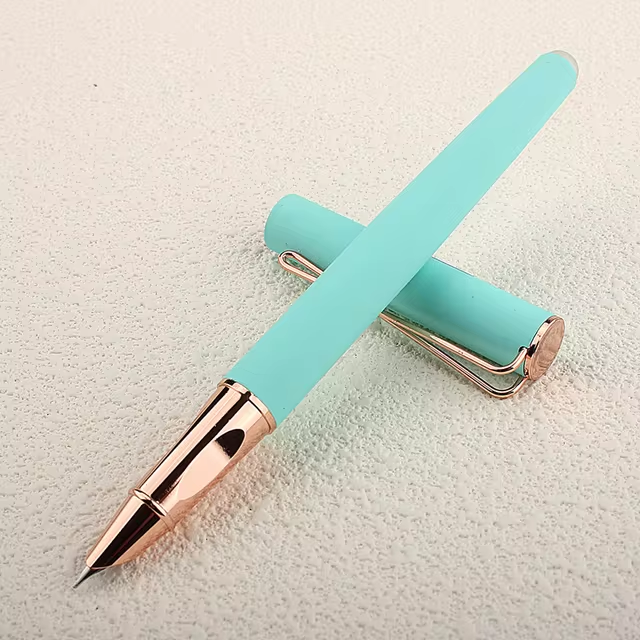 Final Thoughts
Final Thoughts
Understanding how to clean a fountain pen is fundamental for anyone who values their writing instrument. Regular maintenance not only ensures a smooth and enjoyable writing experience but also preserves the pen’s beauty and functionality for years to come. By following the steps outlined in this guide and implementing preventative measures, you can keep your fountain pen in pristine condition, ready to inspire creativity and elegance every time you write.
Remember, patience and care are key when handling delicate writing instruments. If you encounter issues beyond your expertise, don’t hesitate to seek professional assistance to maintain your fountain pen’s integrity and performance. With proper cleaning and maintenance, your fountain pen will remain a cherished tool for personal expression and creativity.

